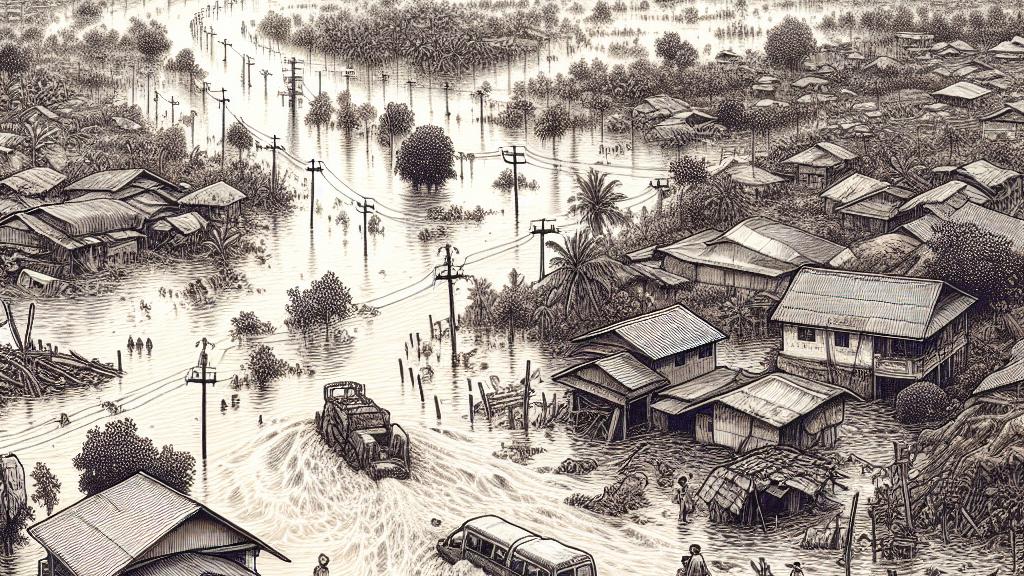Kim's Capital Lifeline: How North Korea's Leader is Rescuing Flood Victims!
Overview
- Kim Jong Un inspects heavily flooded areas in North Phyongan Province.
- Plans to relocate around 15,400 flood victims to Pyongyang for recovery support.
- Emphasis on self-reliance amid international aid offers characterizes North Korea's response.

Devastating Flooding in North Korea
In late July 2024, North Korea faced catastrophic flooding due to unprecedented rainfall from Tropical Storm Gaemi, particularly affecting North Phyongan Province. The disaster submerged thousands of homes in towns like Sinuiju and Uiju County, forcing over 5,000 residents into isolation as the Amnok River reached dangerous levels. The extensive damage highlighted the vulnerabilities in infrastructure and disaster response mechanisms within this isolated nation, prompting immediate action from the leadership to mitigate the impact and support the affected population.
Kim Jong Un's Active Leadership in Crisis Management
Demonstrating proactive leadership, Kim Jong Un visited the inundated regions on August 8-9 to oversee rescue and recovery efforts directly. His visit underscored a serious commitment to addressing the major humanitarian challenges faced by victims of the floods. During this trip, he proposed relocating about 15,400 affected individuals to Pyongyang, ensuring they receive state assistance until new housing can be established. This initiative reflects the North Korean regime’s strategic response to disasters and its ability to mobilize resources efficiently, while also projecting Kim's image as a compassionate leader willing to stand with his people in times of need.
Navigating the Complex Terrain of Aid and Autonomy
As North Korea navigated the complexities of the disaster response, Kim Jong Un acknowledged offers for humanitarian assistance from international actors, including Russia. However, he reiterated the regime's stand on the importance of self-reliance in recovery efforts. This duality illustrates the tension inherent in North Korea's foreign policy — being open to necessary aid while maintaining a narrative that emphasizes independence and strength. The leadership's approach not only shapes domestic perceptions but also influences diplomatic relations, as the country seeks to balance immediate humanitarian needs with long-standing ideologies of self-sufficiency.

Loading...